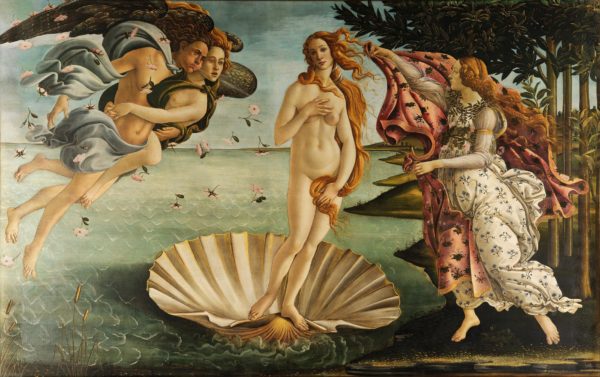ORGANISED- Did I meet the targets required throughout this project?
During this project we did a lot of different task leading up to our egg tempera painting. I kept a visual check list of all of the work I needed to do in my visual diary. I found that in this unit, doing all the preparation that we did- e.g right and left side of the brain, drawing upside-down- really help in the drawing of the still life because it help my drawing become more accurate and easy to draw. By working the right side of my brain more, it allowed me to block out the left side and really just focus on my artwork and what I was doing, and rather than naming the shapes I was drawing, I would just draw and not think about it too much.
INQUISITIVE- What skills did I acquire? How did I develop my design/s?
During this unit I learnt a lot of new skills. One of the major ones was blocking out the left side of my brain- the side that thinks more logically. I worked on thinking more creatively and working my brain to think about my drawing in a creative way rather than a logical way. Some other skills that I learnt were some of my brush skills, and how to actually make the egg tempera paint. The egg tempera paint making process was a very time consuming and accurate process as we had to make sure that we didn’t get any egg white in there whatsoever. Painting the egg tempera paint was also a very time consuming process as we had to build the paint layer by layer as the paint was quite transparent. Another skill i worked on was the process of the artwork and how much preparation we had to do before we could start painting- eg prepping the boards, drawing the still life, making the paint. It taught me to be patient and think out how my artwork will turn out. I had to think into the future and think about what I would need to do in order to get my artwork as good as possible and what steps I would need to take.
PROBLEM SOVLING- What worked? What didn't? How did I resolve these issues?
Many thing worked for me in this art process. The drawing of the still life was pretty good although I fell that I rushed a little so next time I would take my time. The prepping of the board went really well and it came out very smooth and ready to layer the paint on smoothly and evenly. The projection of the artwork worked pretty well although my projector kept overheating and turning off throwing the the projections of centre of where my artwork was- making the lines not accurate- but I manged to get it as accurate as possible and line up the artwork almost exact. I found that the only thing that really went wrong in this unit was the paints. They kept going off, they would smell, they would layer on funny. I was also not 100% happy with my colour composition and got stuck in the middle of my painting as I didn’t know what colour to paint what. I found that I had to make new paints and re-think my colour composition so that I could find a colour comp that i was happy with. I did this by adding more white to the composition and spacing out some of the colour instead of just having a whole heap of colours in the centre of the board.
CREATIVE- success of the final artwork
I think that my final artwork turn out really good. I’m happy with it and i think that it turned out better than i though it would’ve. If I were to do this task again I think that I would take my time on each process and not rush through. I would spend more time on the drawing of the still life and maybe consider some different colours for the colour composition. But overall I think that this unit of Egg Tempera was very fun and a very useful insight into some historic methods of art and painting.
EGG TEMPERA- History + How its made.
Egg tempera is fast drying, permeant paint that is made from pigment water and the yolk of an egg. Egg tempera was heavily used in the renaissance period by many famous painters know today, such as, Michelangelo and Sandro Botticelli. As I said previously, egg tempera is made from water, coloured pigment, and the yolk from an egg. We used 1 teaspoon of water, 1 egg yolk- no white at all- and 1-1 1/2 teaspoons of pigment. The process of making the paint for me was quite stressful because you couldn’t get any egg white at all in the egg yolk. And if you popped the yolk at any time before and it mixed with the white, you couldn’t used it. So it took a lot of time and eggs but once you get the hang of it, its very easy to make.

CONCLUSION
I found this project very interesting and learnt a lot from it. I improved on my painting skills, knowledge of art, preparation and the process in which we got through. I learnt to be patient and be accurate, I learnt to block out the left side of my brain and only use the right, I learnt about the renaissance and the history of egg tempera and Michelangelo. If i could do this again I would take more time when drawing and doing all the prep work- e.g colour composition and I would scale down my art work and just paint a smaller section of it.
FINAL IMAGE OF ARTWORK.


